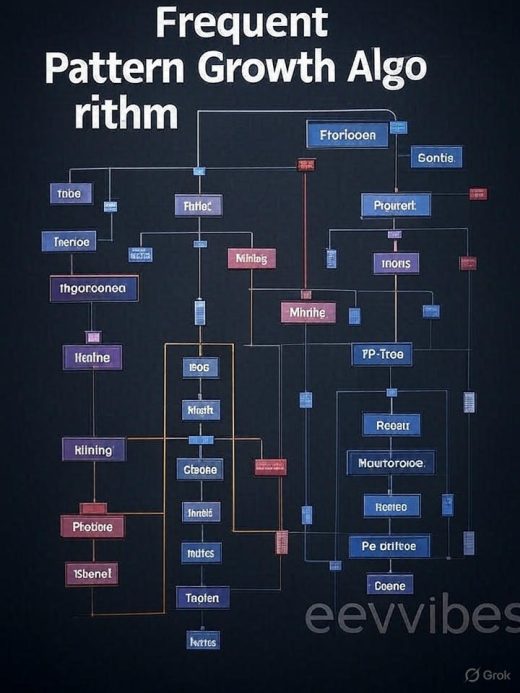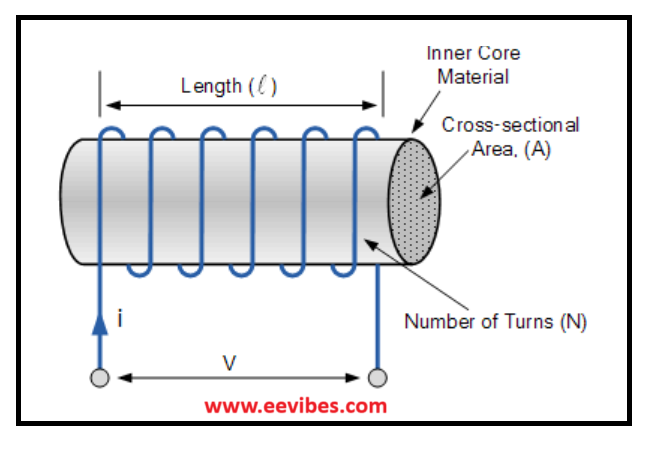
What is a Full Adder Circuit? A full adder is a circuit that adds three inputs (A,B,Cin) where Cin is any carry in while performing addition of binary numbers and produces output Sum and Cout which is the carry out. Read More …
where you start learning everything about electrical engineering computing, electronics devices, mathematics, hardware devices and much more.

What is a Full Adder Circuit? A full adder is a circuit that adds three inputs (A,B,Cin) where Cin is any carry in while performing addition of binary numbers and produces output Sum and Cout which is the carry out. Read More …

The Frequent Pattern Growth (FP-Growth) algorithm is a highly efficient and popular algorithm for mining frequent itemsets from large transaction databases. It was proposed by Han, Pei, and Yin in 2000 as an improvement over the Apriori algorithm, primarily by Read More …
Programming Fundamentals Lectures Programming Fundamentals Lectures are designed to introduce beginners to the core concepts of programming, providing a strong foundation for writing code and solving problems computationally. These lectures typically cover topics such as: Basic Syntax and Structure: Understanding the Read More …
What is a Voltage Divider? A voltage divider is a simple circuit used to reduce voltage using two resistors connected in series. It’s widely used in analog electronics to create reference voltages or to scale down sensor signals before feeding Read More …
Features of the Calculator Calculates the trace width required for a given current in a stripline PCB layout. Uses IPC-2221 or IPC-2152 standards for accurate trace width estimation. Inputs: Current (A), Thickness (oz/µm), Dielectric Height (mil/mm), Temperature Rise (°C). Outputs: Read More …

Coil Inductance Calculator This calculator evaluates the value of the inductance given the parameters: Coil radius (cm) Cross Sectional Area (cm2) Length of Solenoid (cm) Number of Turns Permeability of Air (H/m) Relative Permeability \[ L = \frac{{\mu_0 \cdot \mu_r Read More …
Circuit Calculator A circuit calculator is an online tool that helps you to calculate the circuit parameters given the voltages and current. It uses the ohm’s law V=IR and evaluate the value of Resistance if you provide it the standard Read More …

In PCB design, a library is also a file or a database for organizing elements that can be re-used many times during physical design. PCB libraries include symbol libraries that hold schematic design symbols; footprint libraries that contain device footprints Read More …

Introduction In the digital era, video analysis has become a crucial tool for various industries, including security, entertainment, sports, and marketing. The ability to extract meaningful insights from videos using artificial intelligence (AI) and machine learning (ML) has revolutionized the Read More …

Introduction You’re never on the computer with the bulky, unsightly printer when you want to print something. The Raspberry Pi is small enough that you can hide your printer just about anywhere and let the Pi do the work of Read More …